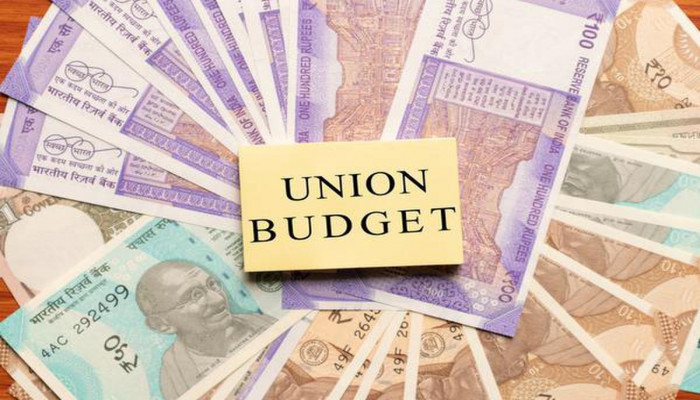India’s Forthcoming 2023-24 Budget: Observations on the Global and Domestic Context
- In Economics
- 10:59 AM, Jan 31, 2023
- Mukul Asher
This article discusses the overall global and domestic context in which India’s 2023-24 Budget will be presented on Wednesday 1 February 2023. The overall context sets the broad boundaries within which the Budget and its specific proposals must be viewed. It should be noted that while the Union Government’s Budget presentation (along with accompanying documents such as The Economic Survey, Finance Bill, Memorandum Explaining the Provisions of the Finance bill, Statement of Fiscal Policy under the FRBM, Fiscal Responsibility and Budget Management, Act, 2003, and others) is customarily the prime economic event of the year, Union Government’s economic and fiscal policy initiatives are undertaken throughout the year. Therefore, the Budget should not be taken in isolation. Professional analysts would not rely on just the Budget Speech to assess the Budget of a particular year.
While the Budgets of the Union Government receive overwhelming interest and coverage, budgets of State governments are usually given insufficient attention. In 2021-22, Receipts and expenditures of the general government were 31.6 percent (INR 75 trillion) and 32.1 percent (INR 76 trillion) of GDP estimated at INR 237 trillion). About 73 percent of the receipts and 71 percent of expenditure flowed through the states, once statutory and other transfers from the Centre to the states are considered1.
This is a very high share and requires much deeper and rigorous examination of public financial management of the states.
Gujarat has a goal of achieving USD 0.5 trillion in GSDP by 2026-27; and USD 1 trillion by 2030-32. Several other states such as Maharashtra, Uttar Pradesh, and Karnataka also aim to reach USD 1 trillion in GSDP by the next decade. It is likely that the Budget will provide directions to facilitate these and other states which want to constructive partners in India’s progress as a rising power.
National and state-level research think tanks and stakeholders in each and every state should assume greater responsibility in this regard.
A more fundamental question is whether the Indian citizens are able to obtain public goods and services, and amenities commensurate with the equivalent of nearly one-third of GDP flowing through the budget, while laying foundations for India as a rising power. This question must be implicit in analysing any Union government budget, including the 2023-24 Budget.
Figure 1 provides estimates of India’s debt by different sectors. The data suggest that while India’s total debt is significantly lower than the sample countries except for Indonesia, its general government debt to GDP ratio is significantly higher than other middle-income countries. This suggests that fiscal consolidation without adversely affecting high growth would need to be among the priorities.
Figure 1: Debt of selected Countries by Sectors

Select Global Ideas and Trends Relevant for the 2023-24 Budget
India’s 2023-24 Budget
The Indian policymakers will need to frame the 2023-24 budget keeping in view the following global ideas and trends.
First, globally the term ‘fragmentation’ as opposed to ‘globalization’ is increasingly used. The term is a consequence of ‘friend-shoring’, expanding economic and security engagements among countries with similar values. As S. Gurumurthy has observed, safety and confidence in partners are long-term cheapness. How can India as a reliable partner take advantage of the fragmentation? Which will be a medium-term process.
Second, there is weaponization of economic, finance, regulatory arrangements, technology capabilities and others. India must develop capabilities to not only protect itself against such weaponization but develop willingness and capabilities to use the weaponization process where necessary.
Third, global growth and global trade are not only expected to be subdued and more volatile but also exhibit weaker relationships than in the past. India will need to generate high sustained growth, and increase its share of world trade, world GDP, and global stock market capitalization in this environment, and progress towards gradual convertibility of the Indian Rupee; and its greater use in bilateral trade.
Select Domestic Thoughts and Trends
There are two major strands of thoughts which are likely to be reflected in India’s 2023-24 Budget.
First, the Budget is likely to further entrench is what the finance minister Nirmala Sitharaman has eloquently expressed as a shift from entitlement to empowerment. This shift is expected to enhance the importance of merit in all areas of economy and society. This will hopefully lower the weight given to dynastic, and pariwar-wadi related factors. This shift is also expected to encourage individual members of household to improve their conditions by their own efforts and entrepreneurship, albeit in an environment where physical, digital, and outcome-oriented governance increasing become more prevalent.
Second, India’s Minister of External Affairs Dr. S. Jaishankar has persuasively argued that Indians must liberate themselves from the colonial mind-sets as this is an essential requirement for India to progress towards becoming a developed nation by 2047. This essential requirement is also likely to be reflected in the 2023-24 and other policy proposals.
References
- https://rbidocs.rbi.org.in/rdocs/Publications/PDFs/1T_150920220E26C104836644C6AF0E37AB3DC678D6.PDF-both accessed on 22 January 2023
Image source: The Hindu







Comments